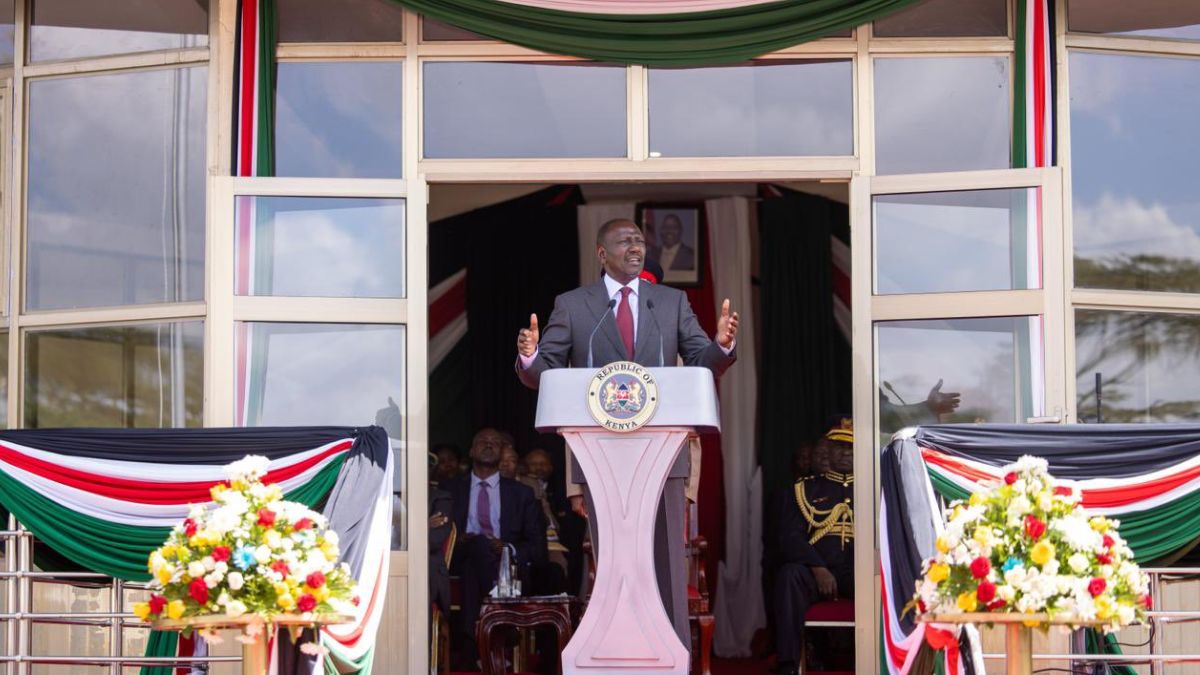The World Health Organization (WHO) released new guidelines recommending the use of injectable lenacapavir (LEN) twice a year as an additional pre-exposure prophylaxis (PrEP) option for HIV prevention. The recommendation marks a landmark policy action that could significantly reshape the global HIV response.
LEN, the first twice-yearly injectable PrEP product, offers a highly effective, long-acting alternative to daily oral pills and other shorter-acting options. With just two doses per year, LEN is a transformative step forward in protecting people at risk of HIV, particularly those who face challenges with daily adherence, stigma, or access to health care.
Speaking during the 13th International AIDS Society Conference (IAS 2025) on HIV Science, in Kigali, Rwanda when the guidelines were issued, WHO Director General Dr Tedros Adhanom said, while an HIV vaccine remains elusive, lenacapavir is the next best thing: a long-acting antiretroviral shown in trials to prevent almost all HIV infections among those at risk.
“The launch of WHO’s new guidelines, alongside the FDA’s recent approval, marks a critical step forward in expanding access to this powerful tool. WHO is committed to working with countries and partners to ensure this innovation reaches communities as quickly and safely as possible.” Said Dr Tedros
The new guidelines come at a critical moment as HIV prevention efforts stagnate with 1.3 million new HIV infections occurring in 2024 – with disproportionate impact among key and priority populations, including sex workers, men who have sex with men, transgender people, people who inject drugs, people in prisons, and children and adolescents. WHO’s recommendation on LEN signals a decisive move to expand and diversify HIV prevention, giving people more options to take control over their health with choices that fit their lives.
As part of these guidelines, WHO has recommended a public health approach to HIV testing using HIV rapid tests to support delivery of long-acting injectable PrEP, including LEN and cabotegravir (CAB-LA).
The simplified testing recommendation removes a major access barrier by eliminating complex, costly procedures and enabling community-based delivery of long-acting PrEP through pharmacies, clinics, and tele-health.
LEN joins other WHO-recommended PrEP options, including daily oral PrEP, injectable cabotegravir and the dapivirine vaginal ring, as part of a growing arsenal of tools to end the HIV epidemic.
While access to LEN outside clinical trials remains limited at the moment, WHO urges governments, donors and global health partners to begin rolling out LEN immediately within national combination HIV prevention programmes, while collecting essential data on uptake, adherence and real-world impact.
For the first time, WHO’s treatment guidelines include a clear recommendation for the use of long-acting injectable cabotegravir and rilpivirine (CAB/RPV) as an alternative switching option for antiretroviral therapy (ART) for adults and adolescents who have achieved full viral suppression on oral ART and do not have active hepatitis B infection. This approach is designed to support people living with HIV facing adherence challenges to oral regimens.
Updated guidelines on service delivery integration include recommendations to integrate HIV services with noncommunicable diseases (NCDs) such as hypertension and diabetes, as well as mental health care for depression, anxiety and alcohol use disorders into HIV services, alongside interventions to support ART adherence. Additionally, new guidelines on management of asymptomatic STIs recommend screening of gonorrhoea and/or chlamydia in key and priority populations.
HIV remains a major global public health issue. By the end of 2024, an estimated 40.8 million people were living with HIV with an estimated 65% in the WHO African Region. Approximately 630 000 people died from HIV-related causes globally, and an estimated 1.3 million people acquired HIV, including 120 000 children. Access to ART continues to expand, with 31.6 million people receiving treatment in 2024, up from 30.3 million in 2023.
At a time of reduced funding for HIV and health, WHO’s new and updated guidelines offer practical, evidence-based strategies to sustain momentum.
By expanding prevention and treatment options, simplifying service delivery and promoting integration with broader health services, they support more efficient, equitable, and resilient HIV responses. Now is the moment for bold implementation to ensure these gains translate into real-world impact.












